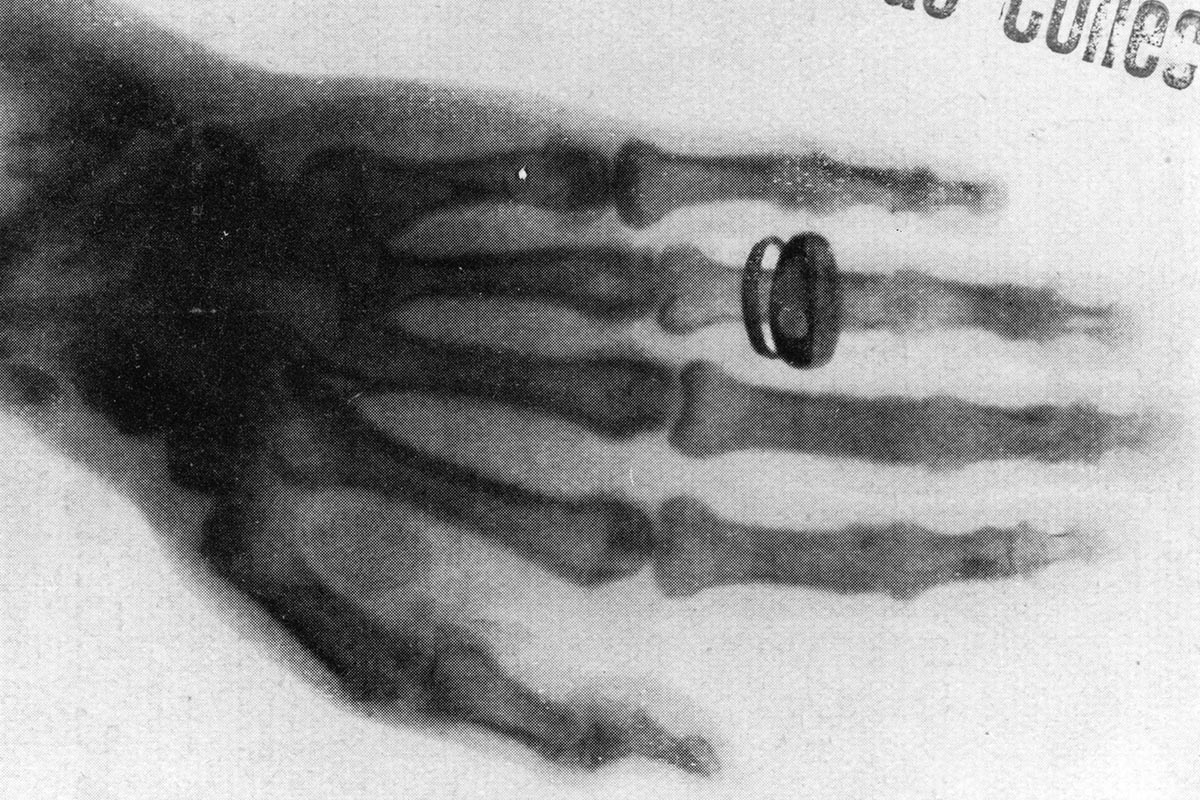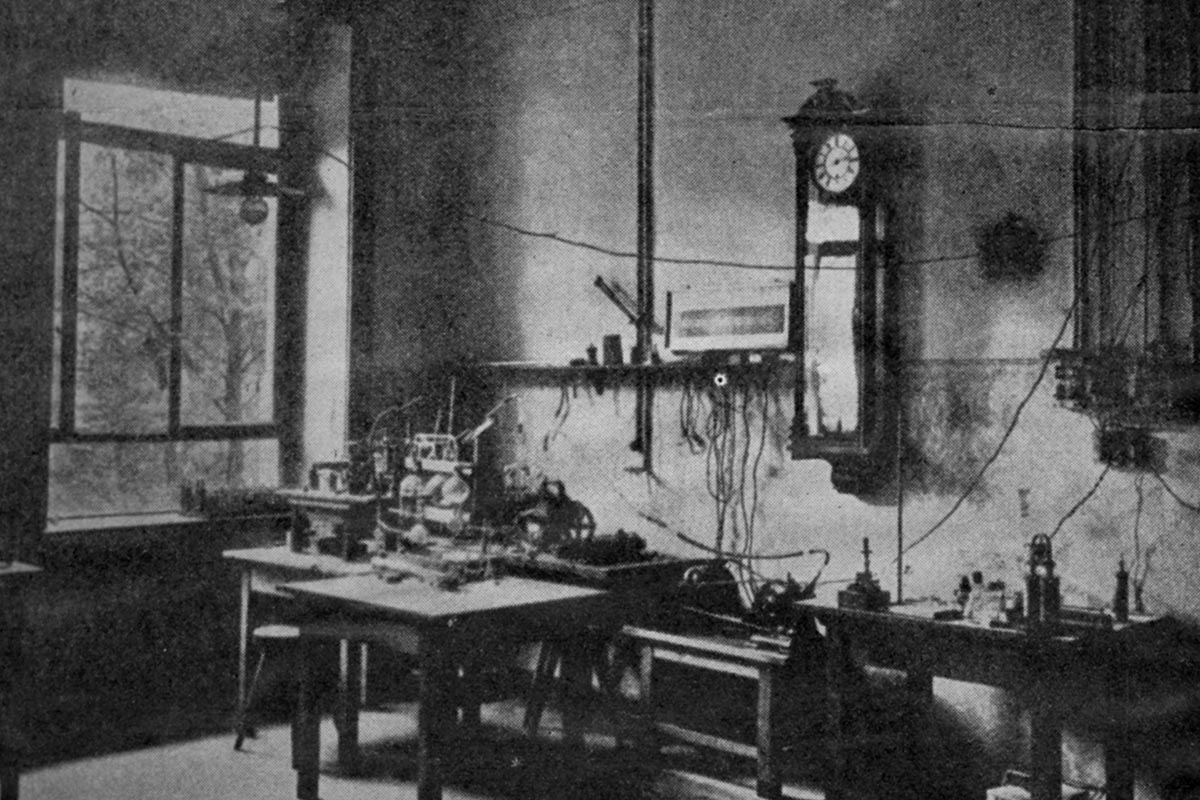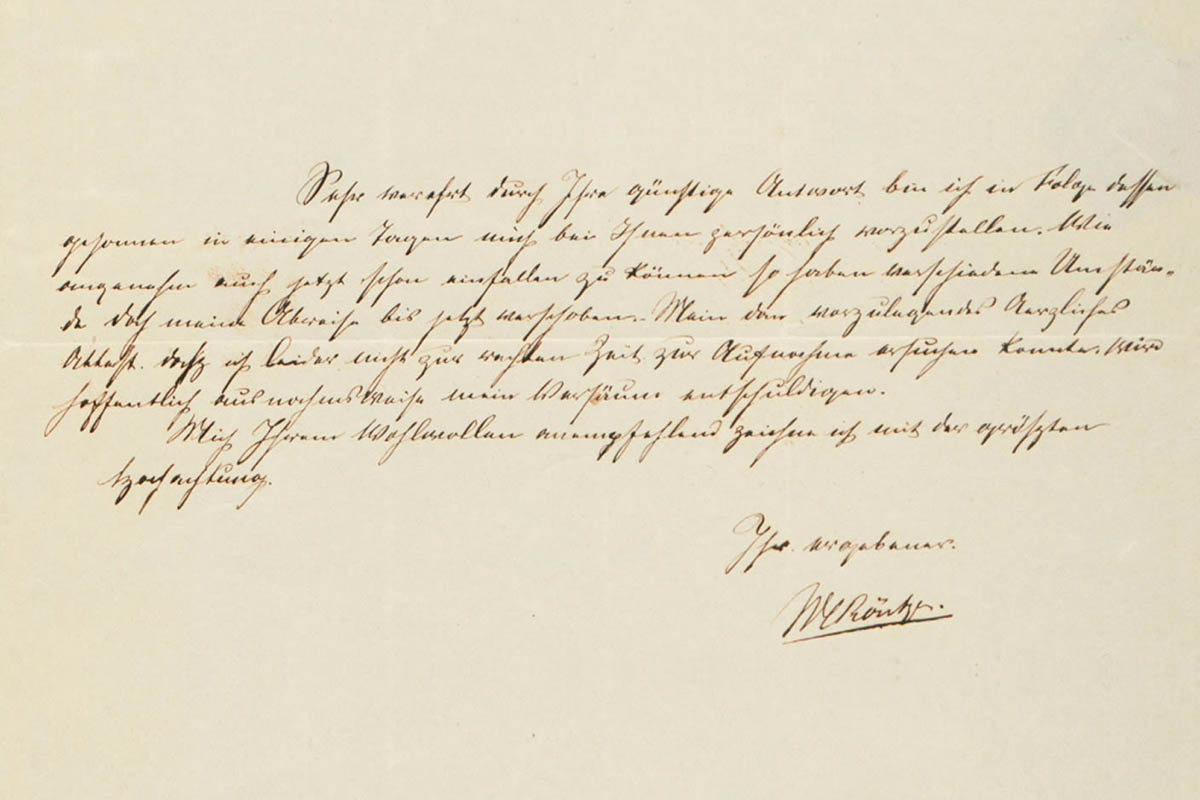It was at the university of Würzburg that, on 8 November 1895, he discovered as yet unknown rays when working with cathode ray tubes – widespread among physicists at the time – which he christened x-rays in his subsequent ground-breaking publication “Über eine neue Art von Strahlen” (About a New Kind of Rays) after the unknown in mathematics. Early photographs of hand bones proved the existence of the rays as the first “x-ray images” in history and already bode well for medical use. Five years later, Röntgen became a professor in Munich, where he remained until 1920. Through his discovery of the x-ray, the German word for which is actually named after him (Röntgenstrahlung), which hailed a new era of medical diagnostics and therapy and the structural detection of crystals and molecules, Röntgen became world-famous and received the first Nobel Prize for Physics on 10 December 1901.







